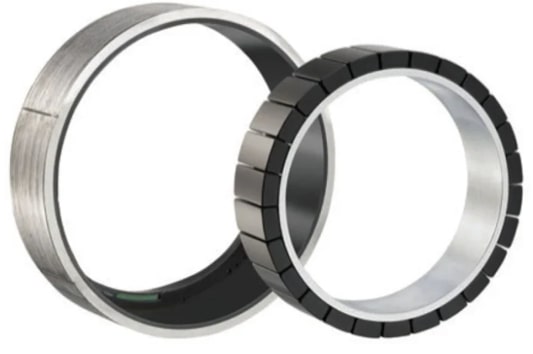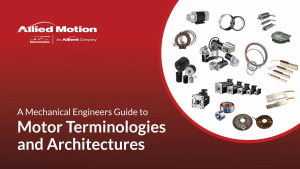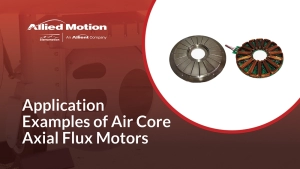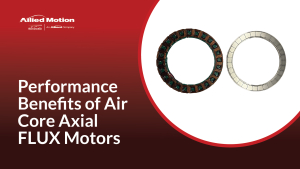WHAT IS AN ELECTRIC MOTOR?
It is an electromagnetic machine that creates torque or force through a combination of electromagnetism and sometimes (but not always) permanent magnets. If you don’t consider holding everything together and providing some output (shaft) to drive a load, then it is only the electromagnetic components, rotor and stator, that make up an electric motor.
Well, we all know that rotary motors, whether electric, hydraulic, or pneumatic, all have shafts that turn. So isn’t a motor this thing you mount to your system with a turning shaft that can rotate a fan, pump, or wheel?
The majority of rotary motors consist of a housing with specific mounting features and a shaft supported by bearings that can connect to load. Inside this assembly is a rotor shaft with a series of magnets or electromagnets, and a stator with multiple electromagnet phases or a series of magnets. These two things, rotor and stator, are the primary mechanism inside the machine. The rest of the mechanical parts are just there to hold the rotor and stator in place, or to allow the assembly to be mounted and connected to other systems.
For linear motors, it is quite different, they typically consist of a moving member (forcer) and a magnet track. Because linear motors are mainly used in highly integrated precision machinery, they typically take on a component form allowing the user to select bearings and mechanical parts. These systems end up as single axis actuators, or gantry systems (X-Y-Z).
Early in the 20th century, some key applications emerged in machine tools and military applications where the mechanical system requirements exceed any available rotary motor. In a spindle example, very high speeds and precision balanced rotating assemblies were required. This prompted the spindle manufacturer to buy just a rotor and stator and integrate it into their custom mechanical parts. The term frameless motor became widely used identify the magnetic parts of a motor.
Frameless motors are used everywhere today. Every electric vehicle, hybrid vehicle, rotary stage, robot joint, gimbal, and many more advanced industrial applications use frameless motors. The market has exploded in the last 20 years, and suddenly most motor suppliers offer frameless motors.
If you are designing a system where the environment or the loading is unique, there is not reason to force fit a housed motor with shaft into other mechanical parts. Design the special construction and rotating mechanics, then buy a frameless kit to make it all move.

Example of a frameless motor
These frameless motors work especially well in direct drive applications because of their large diameter, high pole large through hole, and low profile.





